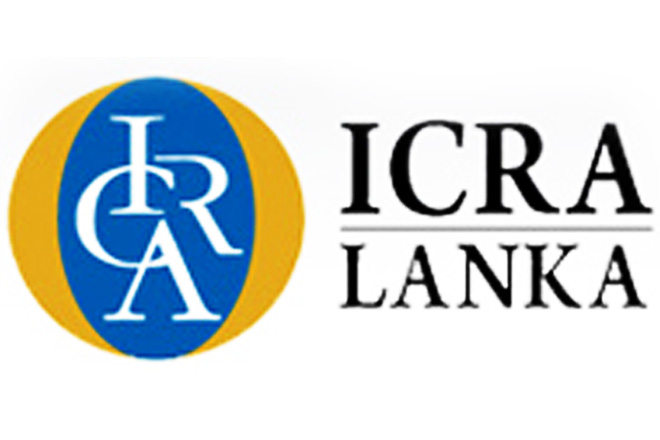Highlights
3Q 2020 was shaping up to be the turning point from the depths of economic contraction, but the fast escalation of second wave of Corona infections throughout the island towards the tail end of the quarter, quickly dimmed the hopes for continued recovery.
ICRA Lanka’s recalibrated nowcasting models show GDP growth estimates for 2Q to be -17.5% (margin of error = +/- 16%) and for 3Q to be -6.1% (margin of error = +/- 6%). Based on our predictive models we expect Sri Lankan economy to contract by 8.2 – 10.9% in 2020.
The CBSL remained dovish. By allowing average overnight excess liquidity to surge by 35% to LKR 200 Bn from 2Q, the CBSL demonstrated that it would tolerate and maintain unprecedented level of liquidity in the money market to facilitate credit expansion.
July rate cut helped to ease treasury yields but in August and September auctions, some pressure for yields to rise was witnessed. Shorter end of the treasuries, shifted down by ~100 bps. Mid and longer tenor yields dropped ~50 bps initially but went through an upward correction over rest of the 3Q.
Moody’s two notch downgrade of Sri Lanka's sovereign ratings intensified the pressure for yields to rise. Bond yields, especially the mid-tenor securities, jumped 10-30 bps immediately, while trading at wider bid-ask spreads. The yields on the SLISBs edged up sharper by ~170 to 540 bps.
Retail lending rates continued to slip throughout 3Q (AWPR ~246 bps, AWNLR ~236 bps, AWLR ~143 bps). Risk appetite of the lending institutions improved and private credit showed signs of recovery in August after months of contraction.
Better-than-expected performance of exports together with import controls contributed to a noteworthy improvement in trade deficit up to August in 3Q.
Capital flight continued at somewhat moderated level. Domestic investors were upbeat post-election and the record performance of ASPI lifted it back to the pre-crisis level fuelled by the quest for higher returns in the low interest rate environment. Despite bullish local investor sentiment in CSE, the foreign investors continued to sell.
Rupee displayed some volatility in August and September, but overall, appreciated slightly vis-à-vis to end of 2Q.
GoSL paid down USD 991.2 Mn foreign currency obligations in September which brought the overall reserves down to USD 6.6 Bn. This was followed by USD 1.1 Bn foreign currency payments, including the maturing ISB, in October which would have further shaved off reserves.
The fiscal revenue plummeted by nearly 26% up to end July 2020 with respect to corresponding period of 2019, while the total expenditure contracted by about 5%. As a result, the fiscal deficit widened by over 27%.
Tight revenue condition has led companies to hold off on wage increments leaving the wage growth subdued. Sub-inflation wage growth eroded the purchasing power of consumers leading to weaker household spending. Though food inflation rose to double digits, low non-food inflation (<1%) resulted in the headline inflation being contained around the lower bound of the CBSL’s inflation target (i.e. 4%).
For ICRA Lanka’s in depth commentary on the economy, read the full report here. For HTML version click here.

